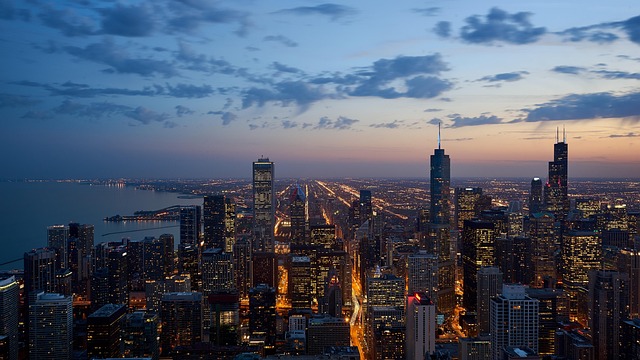Karachi's traffic congestion, especially around entry points to the Super Highway, requires strategic solutions like alternative routes and toll systems. Directly connecting Malir to the Super Highway can significantly improve travel times, enhance public transport efficiency, and stimulate economic growth in the area. This strategy promises to revolutionize travel in Karachi, addressing its bustling, fast-paced lifestyle.
Karachi, Pakistan’s bustling metropolis, faces significant traffic challenges, particularly in its intricate network of roads. This article explores how improving direct connections to the Super Highway can alleviate congestion and revolutionize travel in Karachi. By understanding the city’s unique traffic patterns, we analyze the potential benefits of strategic interventions, offering a comprehensive overview of enhanced connectivity solutions tailored for Karachi’s transportation needs.
- Understanding Karachi's Traffic Patterns and Their Impact on Linking to the Super Highway
- Strategies and Benefits of Establishing Direct Connections: A Comprehensive Overview
Understanding Karachi's Traffic Patterns and Their Impact on Linking to the Super Highway

Karachi, as Pakistan’s financial hub, boasts a complex and ever-evolving traffic landscape. Understanding these patterns is key to unlocking efficient connectivity. The city’s roads, once bustling with both vehicular and human traffic, have witnessed a significant increase in vehicle density over the years, particularly during peak hours. This phenomenon creates a unique challenge when envisioning seamless access to the Super Highway—a vital arterial road promising faster commutes and improved connectivity.
The impact of Karachi’s traffic on linking various areas, including residential neighborhoods and commercial hubs, to the Super Highway is profound. Congestion at entry points can delay travel times, discouraging residents from utilizing this efficient transport network. However, by delving into these patterns, urban planners and transportation experts can identify bottlenecks, propose strategic solutions like alternative routes or toll systems, and ultimately enhance the overall traffic flow, making the connection to the Super Highway a smoother experience for all Karachians.
Strategies and Benefits of Establishing Direct Connections: A Comprehensive Overview

Establishing direct connections between Malir and the Super Highway offers a multitude of benefits for Karachi’s bustling metropolis. This strategy, often referred to as direct linking, streamlines travel times and enhances traffic flow, addressing one of the city’s most pressing issues. By providing a seamless connection, commuters can bypass congested routes, reducing travel duration and improving overall mobility.
The implementation of such connections has several strategic advantages. It encourages more efficient use of public transport by making commutes faster and more reliable. This direct route also facilitates better access to key commercial hubs, industrial areas, and residential neighborhoods in Malir, fostering economic growth and promoting a smoother, more productive urban environment. For Karachi, which is known for its vibrant and fast-paced lifestyle, these direct links promise to revolutionize travel, making it more convenient for the city’s folk.
Karachi’s traffic congestion has long been a complex challenge, but by understanding its unique patterns, we can unlock efficient solutions. The article has explored the strategic benefits of direct connections to the Super Highway, offering a comprehensive roadmap for improvement. By implementing these strategies, Karachi can enhance its transport network, reduce travel times, and foster economic growth, ultimately improving the quality of life for its residents. This approach to navigating the city’s traffic is a step towards a more connected and vibrant Karachi.



